Printed Circuit Board (PCB) Submerge Cooling CFD Simulation
$140.00 $70.00 Student Discount
- The problem numerically simulates a printed circuit board (PCB) cooling using ANSYS Fluent software.
- We design the 2-D model by the Space claim software.
- We Mesh the model by ANSYS Meshing software, and the element number equals 19106.
- We perform this simulation as unsteady (Transient).
- We use the VOF Multi-Phase model to define Mass Transfer in the form of Evaporation-Condensation.
To Order Your Project or benefit from a CFD consultation, contact our experts via email (info@mr-cfd.com), online support tab, or WhatsApp at +44 7443 197273.
There are some Free Products to check our service quality.
If you want the training video in another language instead of English, ask it via info@mr-cfd.com after you buy the product.
Description
Description
This research offers a numerical investigation of fluid dynamics and heat transfer in two-phase submerge cooling systems. The subject of this work is chips with internship components orientated vertically on a printed circuit board (PCB) submerged in dielectric HydroFluoroEther (HFE)—7100. The main objective is to investigate and grasp how these components’ physical architecture and geometry affect the flow routes of bubbles, the phenomenon of bubble coalescence, and the vapor coverage on chip surfaces.
Space Claim software generated the project’s geometry, guaranteeing exact modeling of the Printed Circuit Board and internship components. A structured mesh was produced using ANSYS Meshing, enabling correct numerical simulations with more than 19,000 components for this shape.
The transient solver is also activated since the issue at hand calls for examining changes in the volume fraction of the stated phases. The study considered gravity’s effect; in the Y direction, it was fixed at -9.81 m/s².
Methodology
The PCB in this study was modelled using ANSYS Fluent software. Evaporation and condensation mass transfer mechanisms were simulated using a multiphase VOF model. Moreover, the dielectric material for this project was set at 339 K saturation temperature. The turbulent fluid equations were also solved using the conventional k-epsilon model and energy equation, which let one compute temperature distribution inside the domain.
Conclusion
The research investigates the fluid dynamics and heat transfer in a two-phase submerge cooling system with vertically mounted chips and an internship component. This paper uses a two-dimensional computational model based on the finite volume method and the VOF model to study the influence of the internship component on the deflection of bubble streamlines, bubble coalescence processes on heated chips, and the cooling rate. Results showed that the internship component could significantly affect chip heat transfer. This paper emphasizes the need for the topology of electronic systems in the efficiency of two-phase cooling and provides interesting research for creating electronic systems for effective cooling.
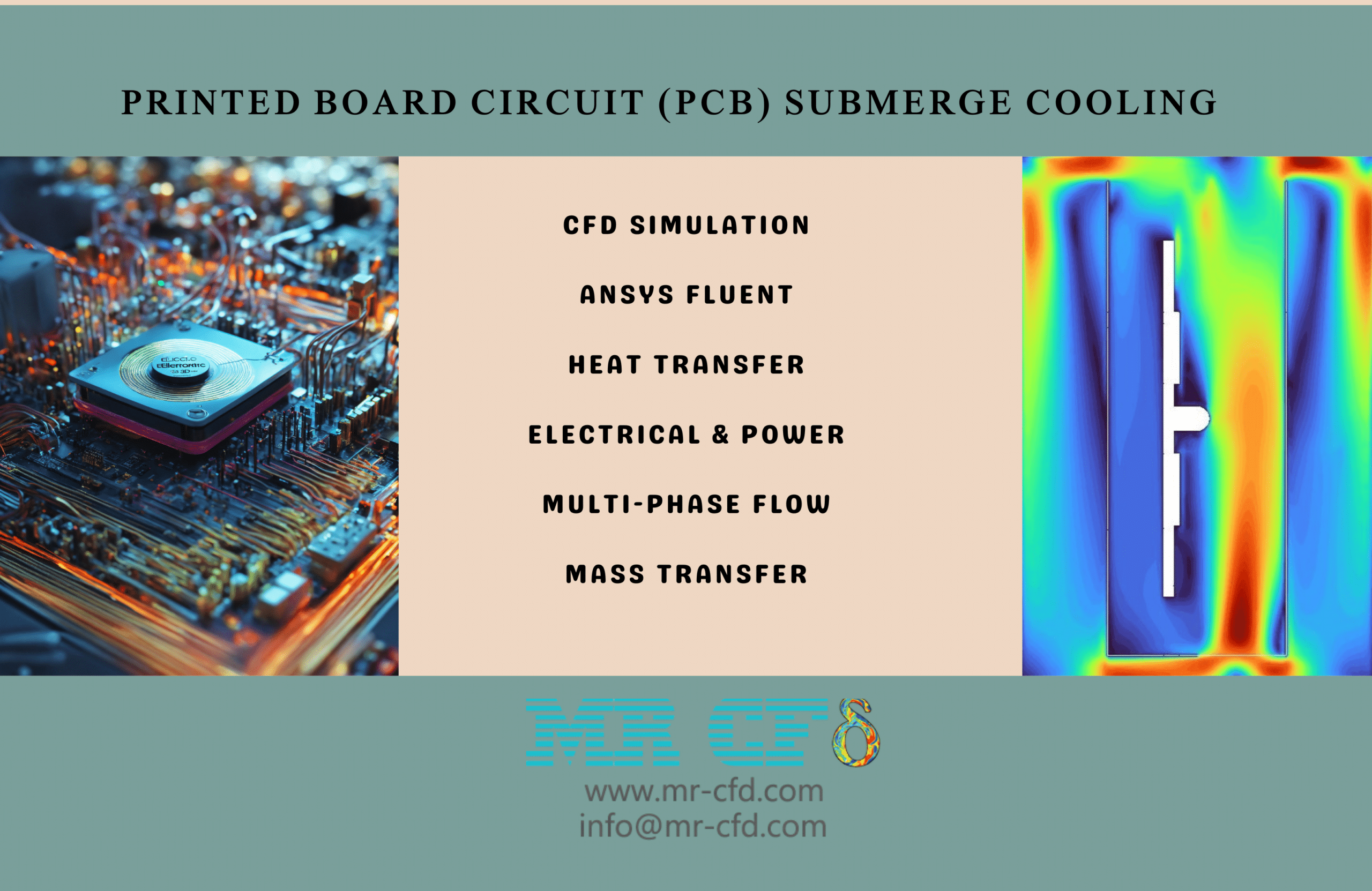
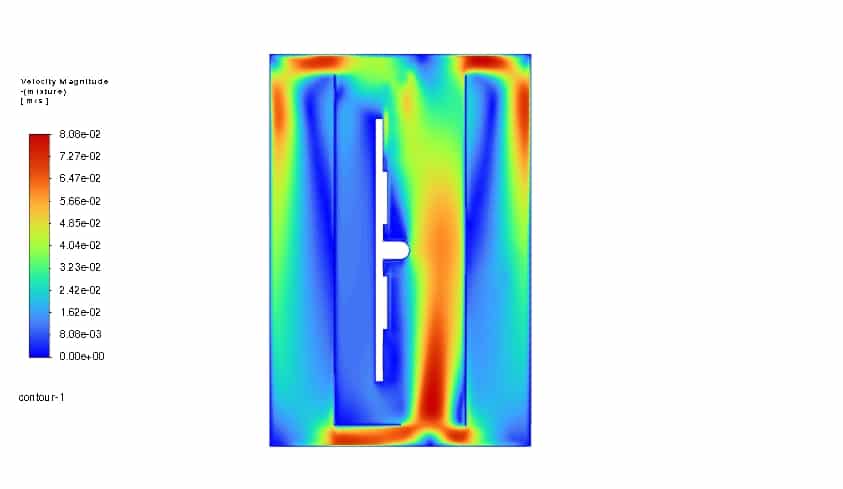
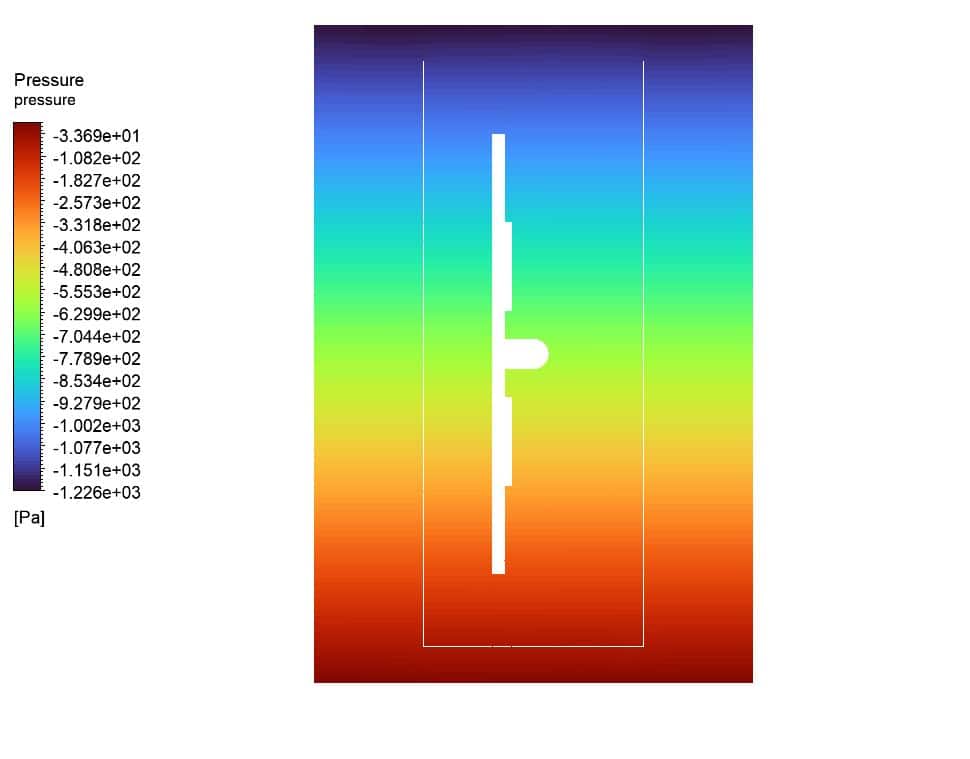
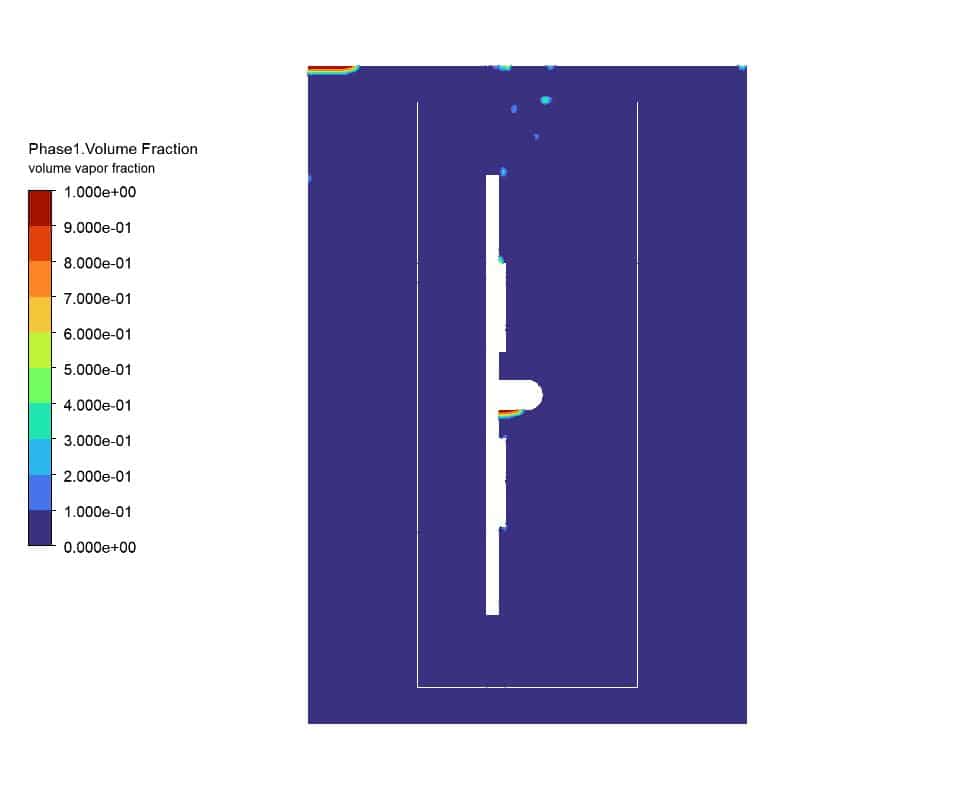
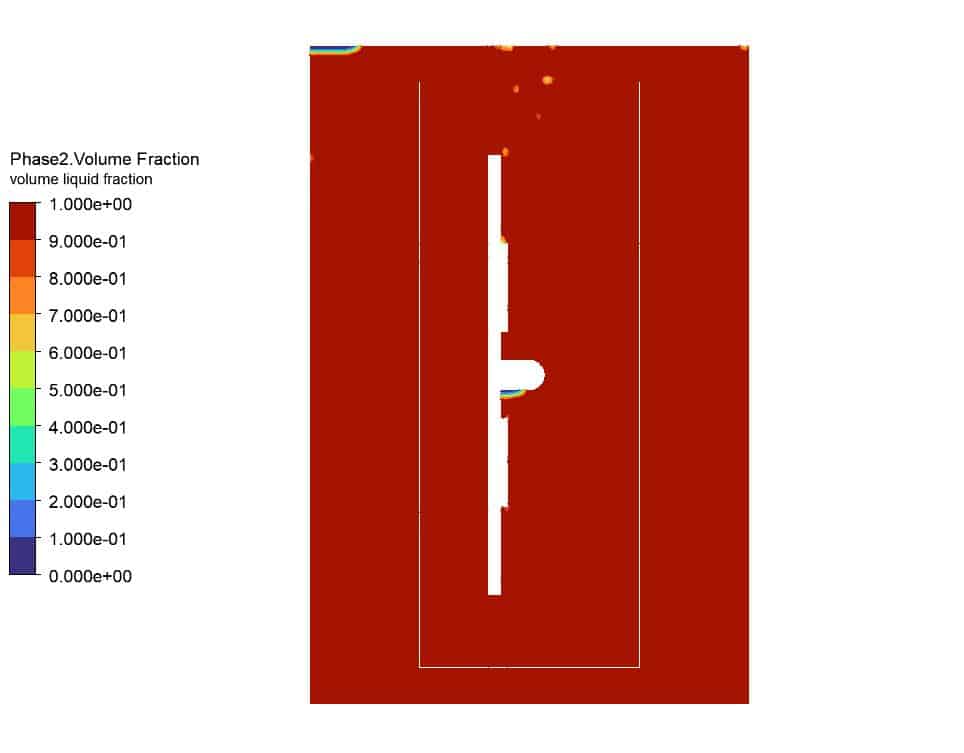
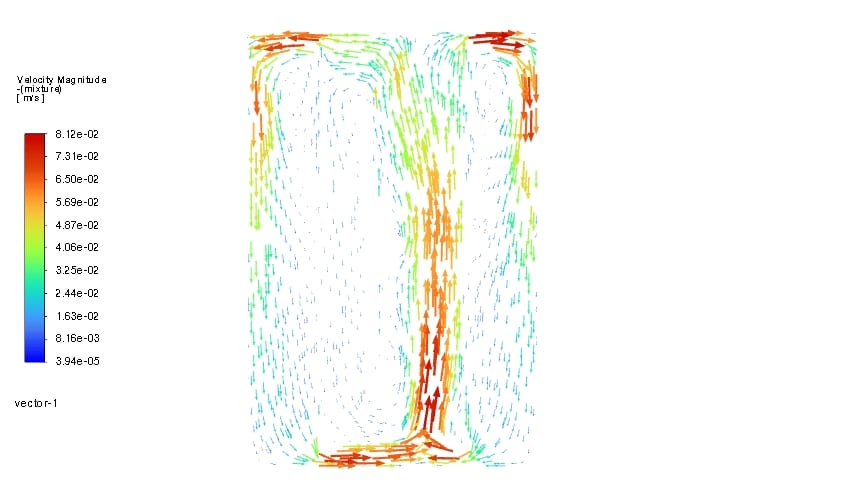
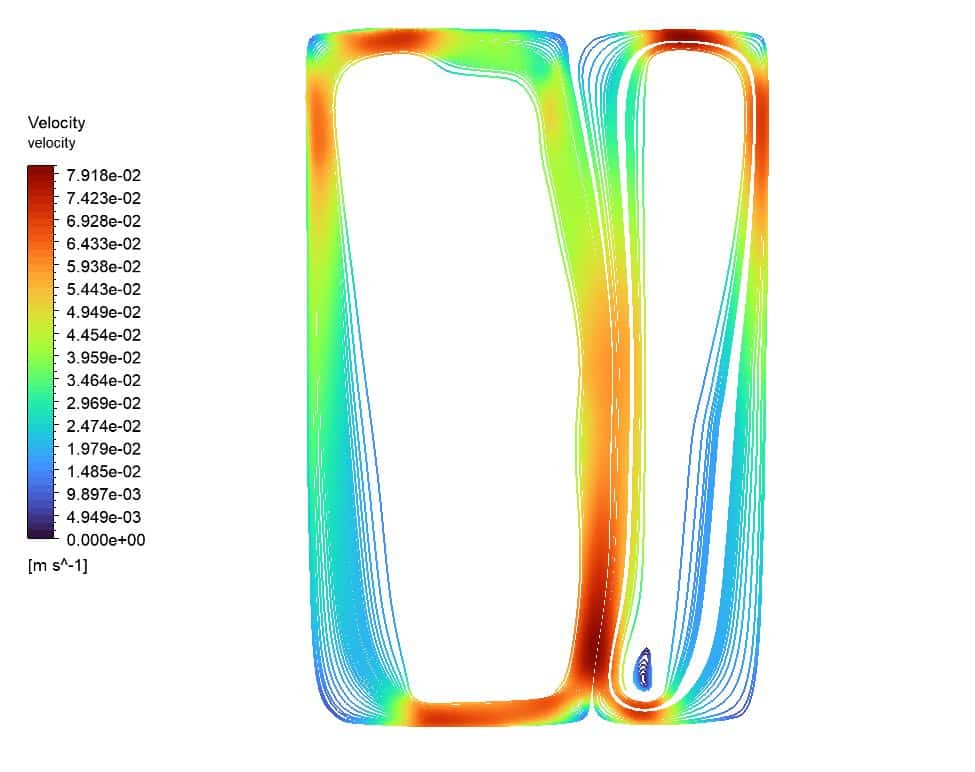
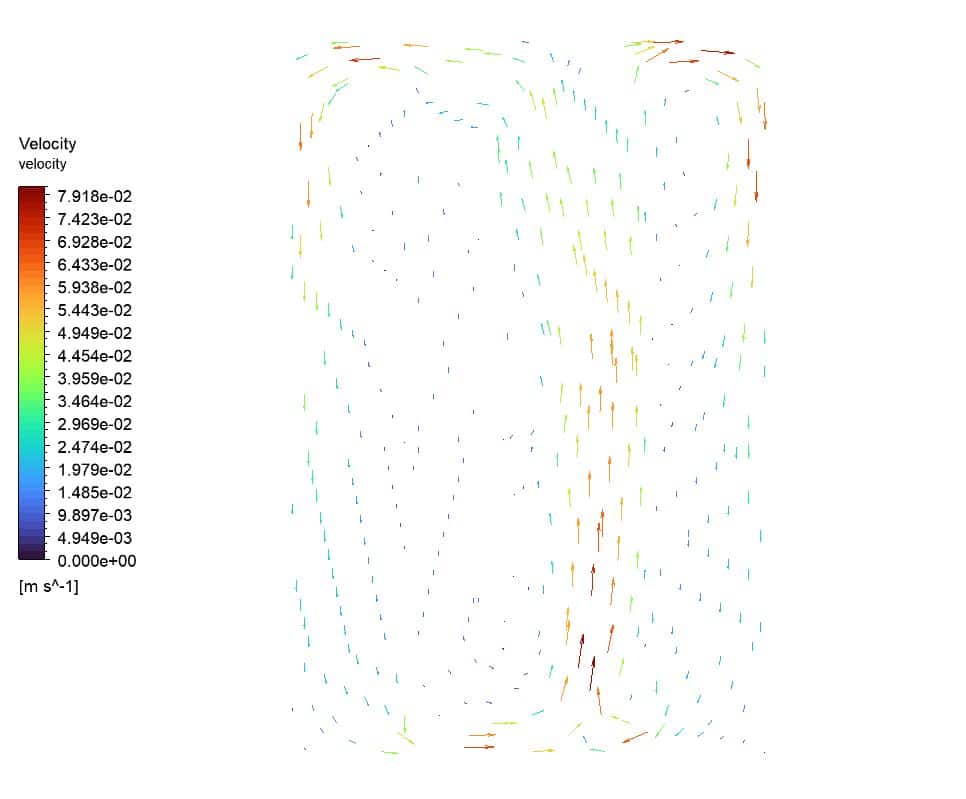

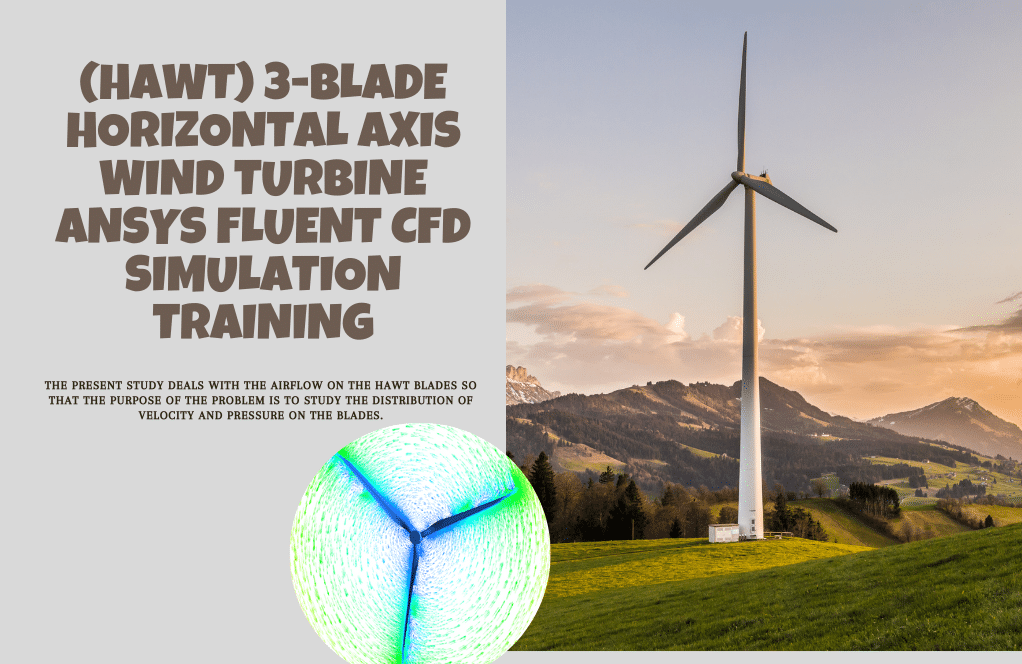

Reviews
There are no reviews yet.